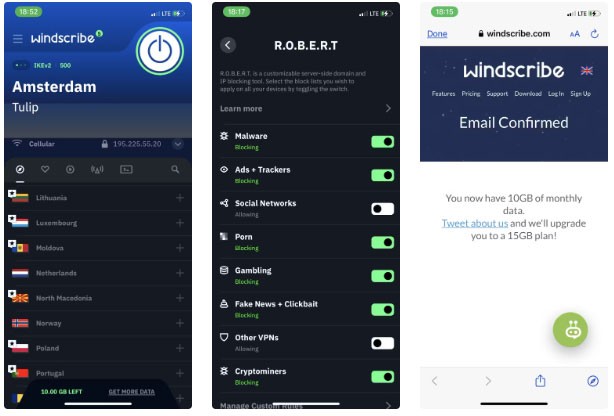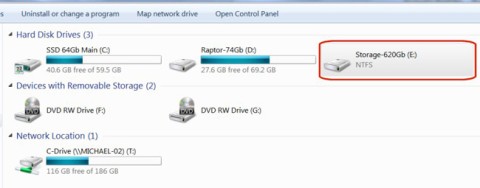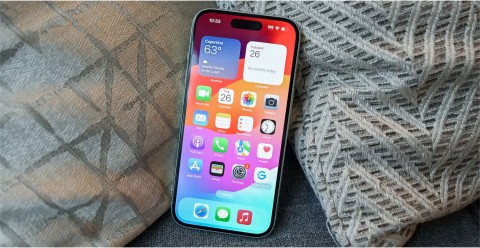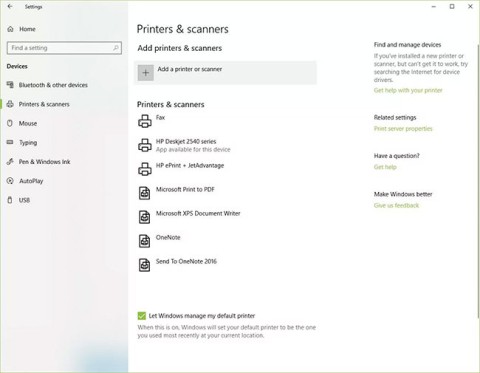The most commonly deficient nutrients in the diet

Diet is important to our health. Yet most of our meals are lacking in these six important nutrients.
Google's Pixel 6 and Pixel 6 Pro have a lot in common, but there are also some key differences that you should know if you're struggling to choose between the two devices. Let's compare the Google Pixel 6 and Pixel 6 Pro in detail in the following article!
Selling price
Let’s start with the most important part: price. The regular Pixel 6 starts at $599 for the base 128GB model and tops out at 256GB. The Pixel 6 Pro starts at $899 for the 128GB model and tops out at 512GB. The price difference is pretty big.
For the extra $300 you pay for the Pixel 6 Pro, you get much better hardware and a more premium look and feel overall. The software upgrades—including new camera features—are the same on both models.
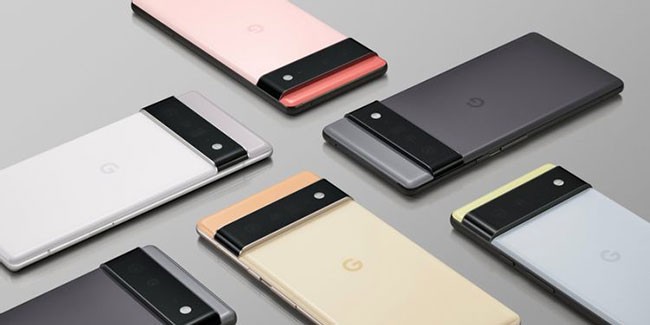
In terms of value, the regular Pixel 6 is definitely the way to go. While the Pixel 6 Pro looks more modern and premium, it's not worth $300.
The Pixel 6 Pro costs the same as the Samsung Galaxy S21 Ultra or iPhone 13 Pro. If you have the budget, the Pixel 6 Pro isn't a bad choice.
Camera
The camera on Pixel devices has always been a point of interest for many buyers. That's the case with the Pixel 6 devices. The main lens has a physically larger sensor to capture 2.5 times more light, and it also comes with a new "camera bar" housing that gives it a unique look.
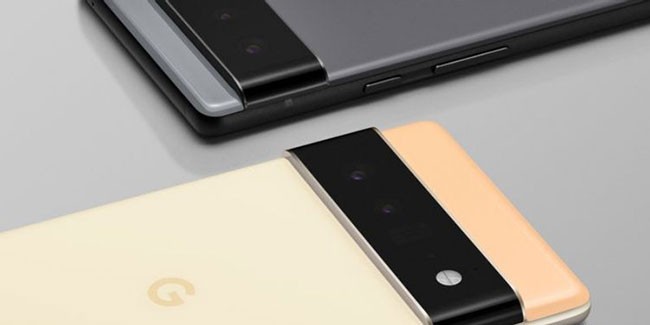
According to the specifications, the Pixel 6 has a total of 3 cameras: 50MP f/1.85 main sensor with Laser Autofocus and Optical Image Stabilization (OIS), 12MP f/2.2 ultra-wide lens with 114-degree field of view and 8MP f/2.0 front camera.
The device is capable of recording 4K video at 60fps with the rear camera and 1080p video at 30fps with the front camera.
The Pixel 6 Pro has a total of four cameras: A main sensor and ultra-wide lens like the regular Pixel 6, plus an additional 48MP f/3.5 telephoto lens with OIS and 4x optical zoom (up to 20x by combining optical and digital zoom). On the front, the phone has a better 11.1MP f/2.2 ultra-wide front camera.
The device is capable of recording 4K video at 60fps with the rear camera and 4K video at 30fps with the front camera.
Efficiency
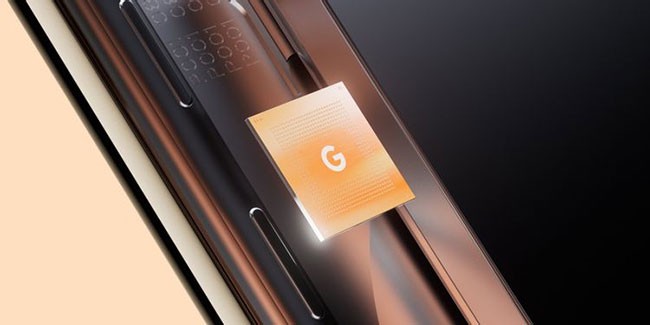
Both Pixel 6 phones are powered by Google's first processor, the Tensor chip . Tensor is said to be the most advanced AI-powered chip in any smartphone ever.
When it comes to raw performance, both devices have the same chip and software. However, the Pixel 6 Pro comes with more RAM (at 12GB, while the Pixel 6 is limited to 8GB). So naturally, gaming will be much smoother on the Pro model, especially for “heavy” titles.
Speaking of power, both devices offer 370% more GPU performance and 80% more CPU performance than the Pixel 5 — all thanks to the new Tensor chip. This makes tasks like photo editing and gaming much more seamless.
Screen
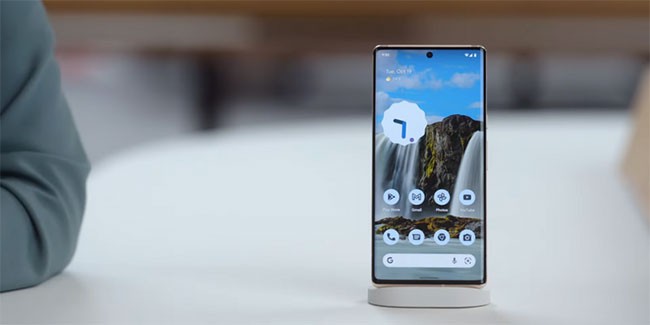
The Pixel 6 features a 6.4-inch 90Hz AMOLED display with an FHD+ resolution of 1080 x 2400 pixels. It comes with a 20:9 aspect ratio, 411ppi pixel density, and an 83.4% screen-to-body ratio.
The Pixel 6 Pro takes the display to the next level with a larger 6.7-inch 120Hz LTPO AMOLED panel with a QHD+ resolution of 1440 x 3120 pixels. It comes with a 19.5:9 aspect ratio, 512ppi pixel density, and an 88.8% screen-to-body ratio.
Both devices are protected by Corning Gorilla Glass Victus, support HDR10+ content, and have an Always On Display. However, the Pixel 6 Pro looks more modern with slightly curved glass and thinner bezels. And its display can switch between 10 and 120Hz depending on usage to save battery.
Battery and charger
If you've been following Pixel devices, you'll know how bad the battery life was on older Pixels. It wasn't until 2020 that we got the Pixel 5, which had a more respectable battery (4000mAh).
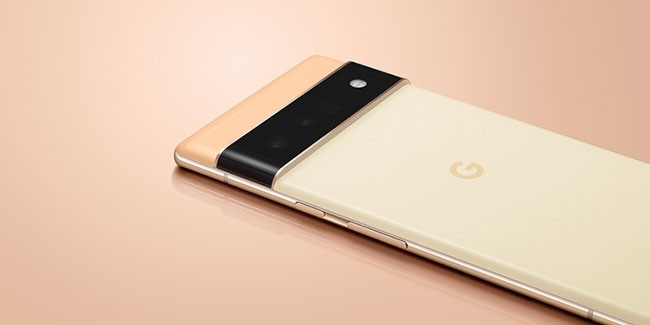
But with the Pixel 6, it seems like Google is finally taking battery life and charging more seriously. The Pixel 6 has an improved 4614mAh battery, while the Pixel 6 Pro has a whopping 5003mAh battery.
Both devices support reverse wireless charging and 30W fast wired charging. But when it comes to wireless charging, the Pixel 6 Pro has a slight edge with 23W charging compared to 21W on the Pixel 6.
Sadly, neither device comes with a charger. However, you do get a USB-C to USB-C cable and a USB-C to USB-A adapter.
Color and design
The Pixel 6 comes in three colors: Sorta Seafoam, Kinda Coral, and Stormy Black. The Pixel 6 Pro takes a safer, more subtle approach with Cloudy White, Sorta Sunny, and Stormy Black.

Design-wise, both devices feature square corners as opposed to the rounded corners typically found on Android flagships. The Pixel 6 Pro is arguably the better looking from both the front and back thanks to its slim bezels and curved glass display.
But keep in mind that curved screens can lead to accidental touches and commands on your phone. It's no surprise that curved screens have fallen out of fashion. While the obvious benefit of these types of screens is that they look more appealing in advertising, they can make the screen more susceptible to breakage after a fall.
The Pixel 6 and Pixel 6 Pro are both great phones at competitive prices. They have more in common than they do differences. And so if you’re trying to decide which one to buy, the Pixel 6 is a better choice. You don’t have to spend an extra $300 to get all of Google ’s new software features .
Diet is important to our health. Yet most of our meals are lacking in these six important nutrients.
At first glance, AirPods look just like any other true wireless earbuds. But that all changed when a few little-known features were discovered.
In this article, we will guide you how to regain access to your hard drive when it fails. Let's follow along!
Dental floss is a common tool for cleaning teeth, however, not everyone knows how to use it properly. Below are instructions on how to use dental floss to clean teeth effectively.
Building muscle takes time and the right training, but its something anyone can do. Heres how to build muscle, according to experts.
In addition to regular exercise and not smoking, diet is one of the best ways to protect your heart. Here are the best diets for heart health.
The third trimester is often the most difficult time to sleep during pregnancy. Here are some ways to treat insomnia in the third trimester.
There are many ways to lose weight without changing anything in your diet. Here are some scientifically proven automatic weight loss or calorie-burning methods that anyone can use.
Apple has introduced iOS 26 – a major update with a brand new frosted glass design, smarter experiences, and improvements to familiar apps.
Yoga can provide many health benefits, including better sleep. Because yoga can be relaxing and restorative, its a great way to beat insomnia after a busy day.
The flower of the other shore is a unique flower, carrying many unique meanings. So what is the flower of the other shore, is the flower of the other shore real, what is the meaning and legend of the flower of the other shore?
Craving for snacks but afraid of gaining weight? Dont worry, lets explore together many types of weight loss snacks that are high in fiber, low in calories without making you try to starve yourself.
Prioritizing a consistent sleep schedule and evening routine can help improve the quality of your sleep. Heres what you need to know to stop tossing and turning at night.
Adding a printer to Windows 10 is simple, although the process for wired devices will be different than for wireless devices.
You want to have a beautiful, shiny, healthy nail quickly. The simple tips for beautiful nails below will be useful for you.
